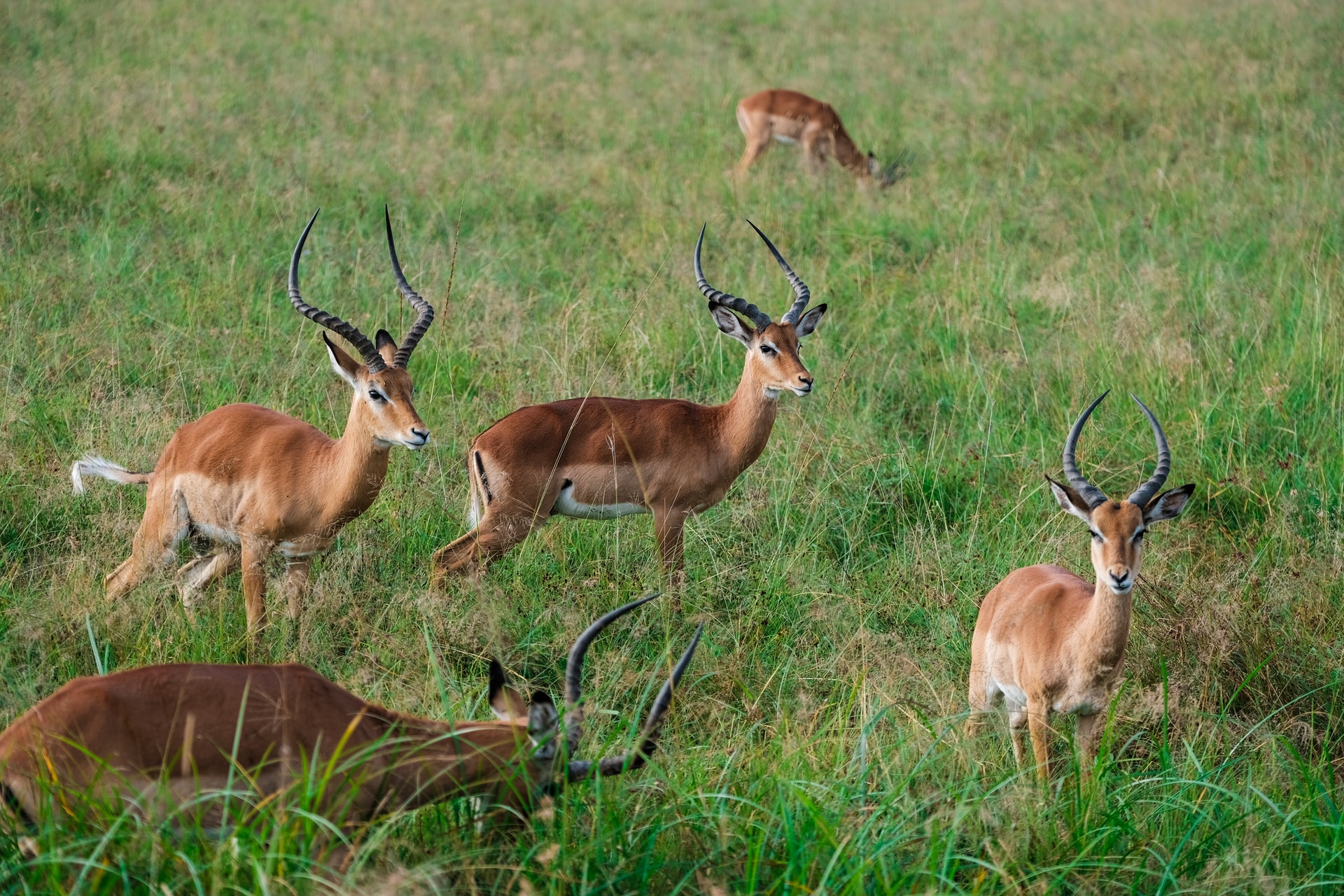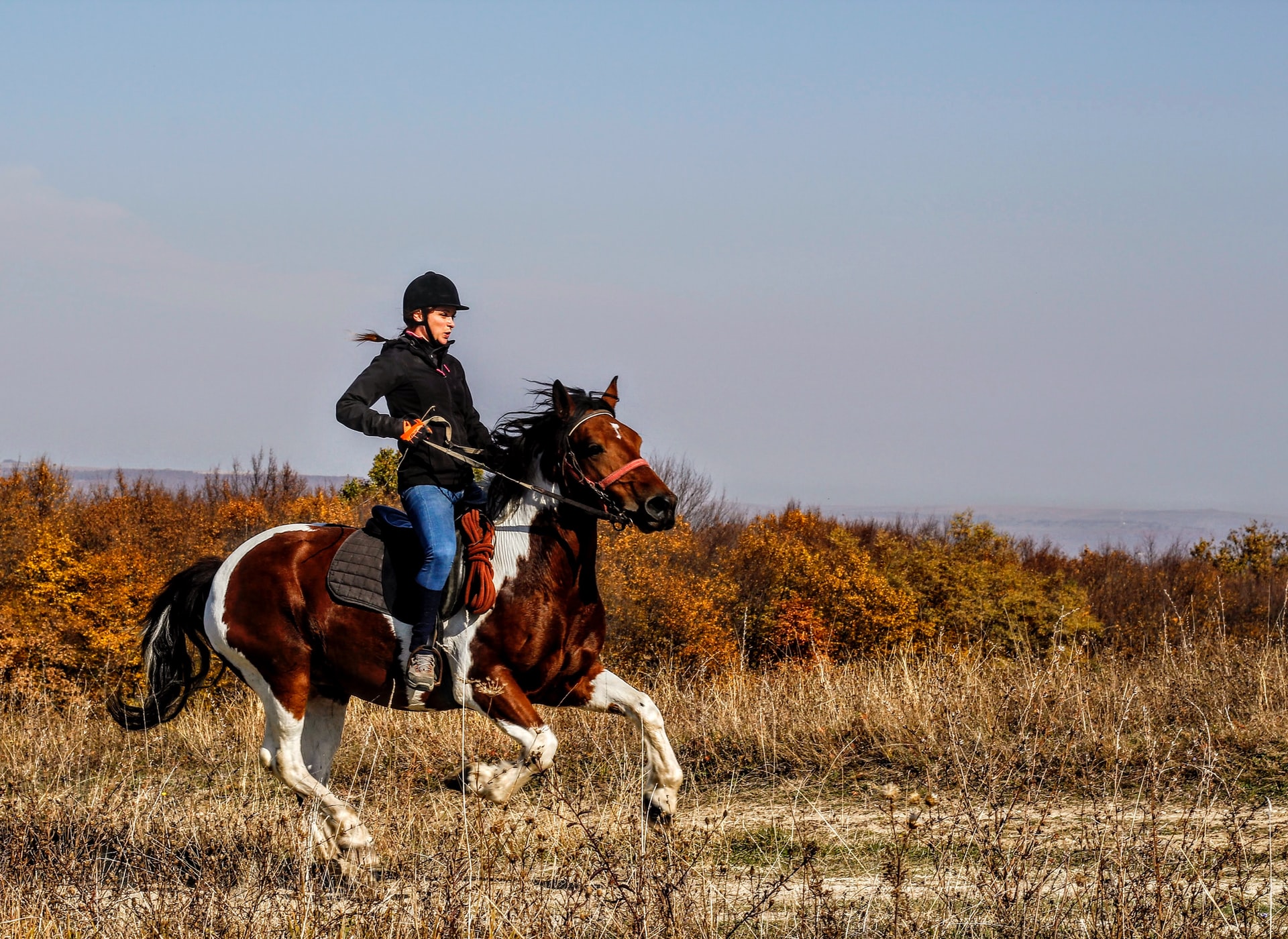Game drives in Lake Mburo National Park: Lake Mburo National Park, at 370 square kilometers, is one of Uganda’s smallest national parks and the smallest Savannah national park overall. The park’s limits include five lakes, the largest and most visible of which is Lake Mburo. Lake Mburo National Park is located in Kiruhura District of Western Uganda. The Park is popular for fishing, with 6 types of fish available, the most frequent being Tilapia. The greatest spot to fish is in Mazinga, however, visitors need to carry their equipment and receive permission from the Uganda Wildlife Authority.

However, it is important to note that this park is the only area in Uganda where you can see impalas and one of the few places where you can see Elands. Waterbuck, Burchell’s zebra, leopard (usually seen at night), oribi, giraffe, hippo, and crocodile are among the other notable wildlife species in Lake Mburo National Park. Buffalo herds can also be seen roaming the area, while sitatunga, which is extremely adapted, can be seen in the wetlands. The Park is also home to a variety of bird species such as the Yellow-rumped tinkerbird, papyrus yellow warbler, mosque swallow, larger painted-snipe, blue-headed coucal, African scops owl, hairy-breasted barbet, and many others.
Animal & Birdlife in Lake Mburo National Park
Lake Mburo is home to a variety of animal species that congregate in various environments due to its diverse terrain. Zebras, Impalas, Elands, Hippos, Warthogs, African buffalo, jackals, African leopards, waterbuck, Oribi, sitatunga, and bushbuck are some of the wild animals that call the Park home.
Bird species in Lake Mburo include; The Rufous-bellied Heron, bateleur, Coqui Francolin, grey crowned crane, black-bellied bustard, brown-chested lapwing, emerald-spotted wood-dove, brown parrot, red-headed lovebird, Ross’s turaco, bare-faced go-away-bird, and green wood-hoopoe, among others.
The Park is home to more than 300 bird species. You might also see species like the common scimitar bill, white-headed barbet, red-faced barbet, Nubian woodpecker, red-shouldered cuckoo-shrike, long-tailed cisticola, yellow-breasted apalis, white-winged tit, finfoot, green pigeon, shoebill stork, etc.
Game Drives in Lake Mburo National Park
Game drives are the best way to encounter wild animals in Lake Mburo National Park. Many animals and birds can be seen on game drives in Lake Mburo. The Park is the only destination in Uganda having Impalas and the only park in Western Uganda containing the Burchell Zebra. Leopards are occasionally seen on game drives. The environment is picturesque, with undulating hills, lakes, and wetlands where the Tanzanian Savannah meets Uganda. Game drives in Lake Mburo often last up to 4 hours. There are morning game drives and afternoon game drives. The morning game drives often start at sunrise (06:30 am) and the afternoon game drives start late in the afternoon (at around 3:00 pm)
Night Game Drives in Lake Mburo
These are designed to spot the nocturnal beasts, such as leopards and lions, as they search for prey in the darkness. They usually start at around 7 am and end at around 1o pm at night. Among the critters that emerge only at night are bush infants and porcupines. After dinner at your resort, the travel is usually about 2 to 2.5 hours long. Spotlights are used judiciously to highlight certain species that would otherwise be missed. All safari game drives in Lake Mburo National Park are conducted in 4×4 open safari vehicles under the supervision of an armed game ranger.
Other Activities in Lake Mburo National Park
Guided nature walks
What distinguishes Lake Mburo Park from other destinations is that nature walks can be taken anywhere within the park with an armed Uganda Wildlife Authority Guide. On an early morning guided walk, hyenas and hippos frequently return from grazing during the night. Take the trek to the top of the hills to see Lake Mburo and beyond, and from this vantage point, you can see nine of the area’s regional lakes.
Lake Mburo boat safaris
Boat excursions on Lake Mburo give you opportunities to see Buffaloes, antelopes, zebras, and other grazers refreshing at the shores. Several bird species such as Malachite Kingfishers, Pied Kingfishers, African Fish Eagles, Rufous Long-tailed Starlings, Hamerkops, Pelicans, Herons, Cormorants, and even the elusive Shoebill Stork can also be sighted. A two-hour boat ride on Lake Mburo will allow you to get up close and personal with both crocodiles and hippos.
Birding
There are almost 350 recorded bird species found in Lake Mburo National Park. Birders will like the swampy valleys of Warukiri and Miriti, as well as the roadsides between Rwonyo camp and the jetty, for their ability to identify birds, including the endangered Shoebill stork. These are some of the best birding spots in the park. Other Viewing platforms are also strategically placed near the salt lick, in Miriti Valley, and Rubanga Forest.
Fishing
Lake Mburo National Park contains five lakes, the greatest of which is Lake Mburo, where the majority of the fishing takes place. If you stay at particular lodges, you can fish and then have the fish prepared for you. There are six types of fish present here, and tilapia is the most popular and often type caught. Mazinga is the designated fishing location since it is a safe place free of crocodiles and hippos.
Horseback Safaris

Lake Mburo National Park is Uganda’s only park where one can ride a horse on a game drive. Horse riding safaris on horses can last anywhere from one to three hours. Overnight horseback riding safaris with tenting and meals in the woods have also just been introduced in the Park.
Lick of Salt
A ranger-led trek to the salt lick allows you to witness animals licking the salty earth located there. The Uganda Wildlife Authority has built a wooden platform hideout from which visitors may view the animals below.
Bike tours
These are guided bike tours that can last anywhere from an hour to as long as you want. Because the topography of Lake Mburo is so varied, there are many more demanding options for the avid mountain biker.







